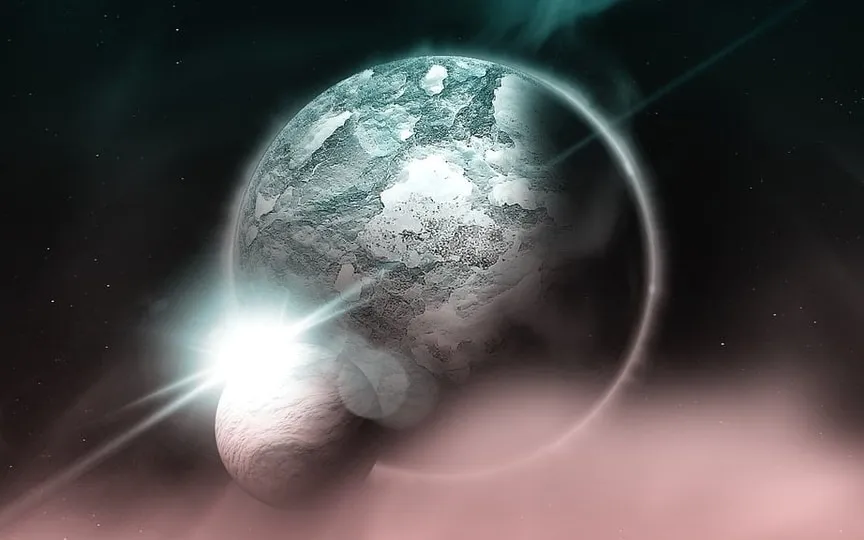Uncovering the Mysteries of Mercury: NASA’s Messenger Mission Reveals Surprising Findings!
While Mars often captures more attention, Mercury is just as captivating. Scientists have been perplexed by the enigmatic hollows scattered across Mercury’s surface for many years. Ranging from 60 feet to over a mile in size and up to 120 feet deep, these depressions have no known source. The absence of an atmosphere on the planet rules out wind and water as potential creators of these hollows, leaving scientists to explore alternative theories. Even with NASA’s Mercury Messenger spacecraft dedicated to studying the planet extensively, the origin of these features remains elusive.
A few facts about Mercury
According to NASA, Mercury is the smallest planet in our solar system and it is small and rocky. In particular, it has no atmosphere. Also, unlike Earth’s 24-hour day, Mercury’s day lasts 59 Earth days, and the year is only 88 Earth days.
Messenger task
The Mercury Messenger mission launched by NASA contributed significantly to understanding these cavities. It provided high-resolution images and data, revealing their unique features and characteristics.
These mercury voids are distinct from most other surface features and are the youngest and brightest elements on Mercury, estimated to be around 100,000 years old.
One theory suggests that central mounds or mountains within impact craters, known as “summit rings,” may be related to the hollow formation. These spikes can be caused by material being pushed upwards during impact.
The intense heat, radiation and solar wind endured by Mercury may contribute to the formation of these cavities. Certain minerals can vaporize in these extreme conditions, causing the rock to crumble and corrode, forming pits.
Another hypothesis suggests that dark areas on Mercury’s surface, likely graphite deposits, are disintegrated by the solar wind, leaving behind hollow brighter, blue-tinged materials.
Unlike similar depressions in the carbon dioxide ice of Mars, Mercury’s cavities are in rock and often have bright interiors and halos.
Although the MESSENGER spacecraft has ended its mission and crashed into Mercury, scientists are still analyzing the rich data they collected in hopes of gaining more insights into these enigmatic cavities.




